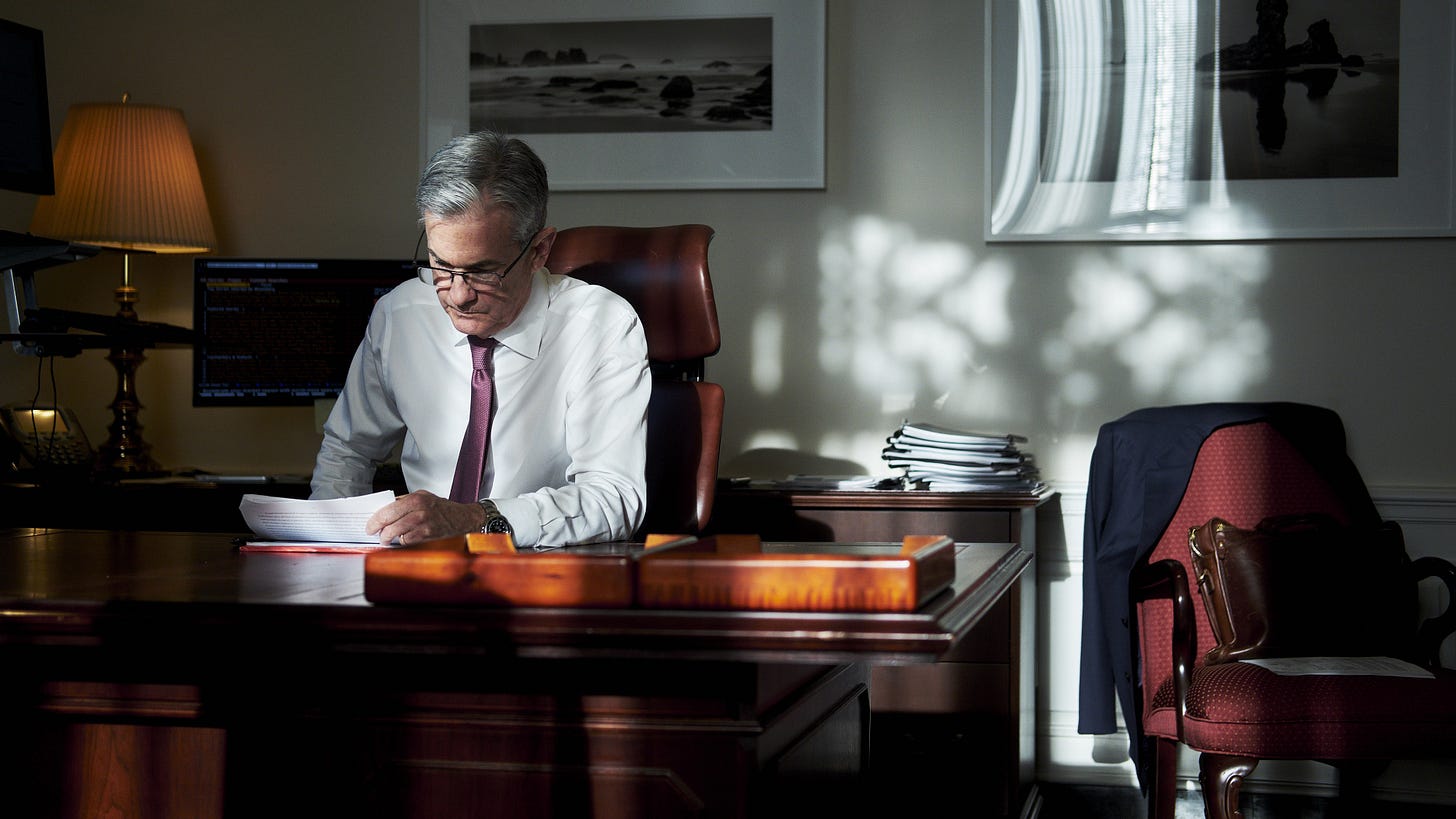Federal Reserve Chair Jerome Powell said Tuesday that it will take "longer than expected" to achieve the confidence needed to get inflation down to the central bank’s 2% target, signaling that it will also likely take longer to cut rates.
"Given the strength of the labor market and progress on inflation so far, it's appropriate to allow restrictive policy further time to work and let the data and the evolving outlook guide us," Powell said.
"My baseline outlook continues to be that inflation will decline further," he continued.
"Of course, the outlook is still quite uncertain, and if incoming data suggest that inflation is more persistent than I currently expect it to be, it will be appropriate to hold in place the current restrictive stance of policy for longer."
I recently read a study from the International Monetary Fund about the typical inflation cycle: how long they last, how inflations ebbs and flows, etc.
The link to the full study can be found here:
https://www.imf.org/-/media/Files/Publications/WP/2023/English/wpiea2023190-print-pdf.ashx
Here’s a couple of main points worth your time:
Only in under 60 percent of episodes in the full sample (64 out of 111) was inflation resolved within 5 years after a shock. Even then, disinflation took on average over 3 years. The historical outcomes were worse following the terms-of-trade shocks associated with the 1973–79 oil crises, where less than 50 percent of episodes were resolved in 5 years (29 out of 61) and disinflation took on average 3.5 years.
As you’ll see above, the best case scenarios involve three to four years of disinflation before economies return to normal levels of inflation.
If you’ve paid attention to your 401k or brokerage accounts, you’ll notice the stock market has ripped higher due to the anticipation of rate cuts later in the year. This is what the IMF calls “prematurely spiking the football.”
In about 90 percent of unresolved episodes (42 out of 47 in the full sample, and 28 out of 32 during the 1973–79 oil crises), inflation declined materially within the first three years after the initial shock, but then either plateaued at an elevated level or re-accelerated.
One possible explanation for "premature celebrations" relates to base effects. As the factors behind the initial inflation shock recede (e.g., energy prices revert, alleviating the terms-of-trade shock), headline inflation may decline temporarily despite sticky underlying inflation. Another possible explanation relates to inconsistent policy settings, such as premature policy easing in response to declining inflation.
It is an apparent fact of markets and economies, unfortunately, the only surefire way to disinflate the economy is to prevent consumers from spending. These things are complex and complicated and I won’t pretend to have a full grasp of it all, but at its base level, it is an issue of supply and demand. Prices will rise as demand rises. Prices will fall as demand falls.
Spending only drops when people lose their jobs. And then, of course, the vicious cycle begins, and the economy cannibalizes itself: those unemployed consumers stop spending, corporate revenue targets drop, budgets get tighter and CEOs call for more layoffs, until, magically, prices have come down, but we’re all too worried about our livelihoods to notice.
The Federal Reserve responds by lowering rates to stimulate the consumer and eventually we all get fat and happy on “free” money again.
Beware anyone telling you, “this time is different.” It rarely is.
That’s all for now,
Tyler



